Angénieux Optimo Primes: Interview with Love Life Light DP Fan Chao, CNSC
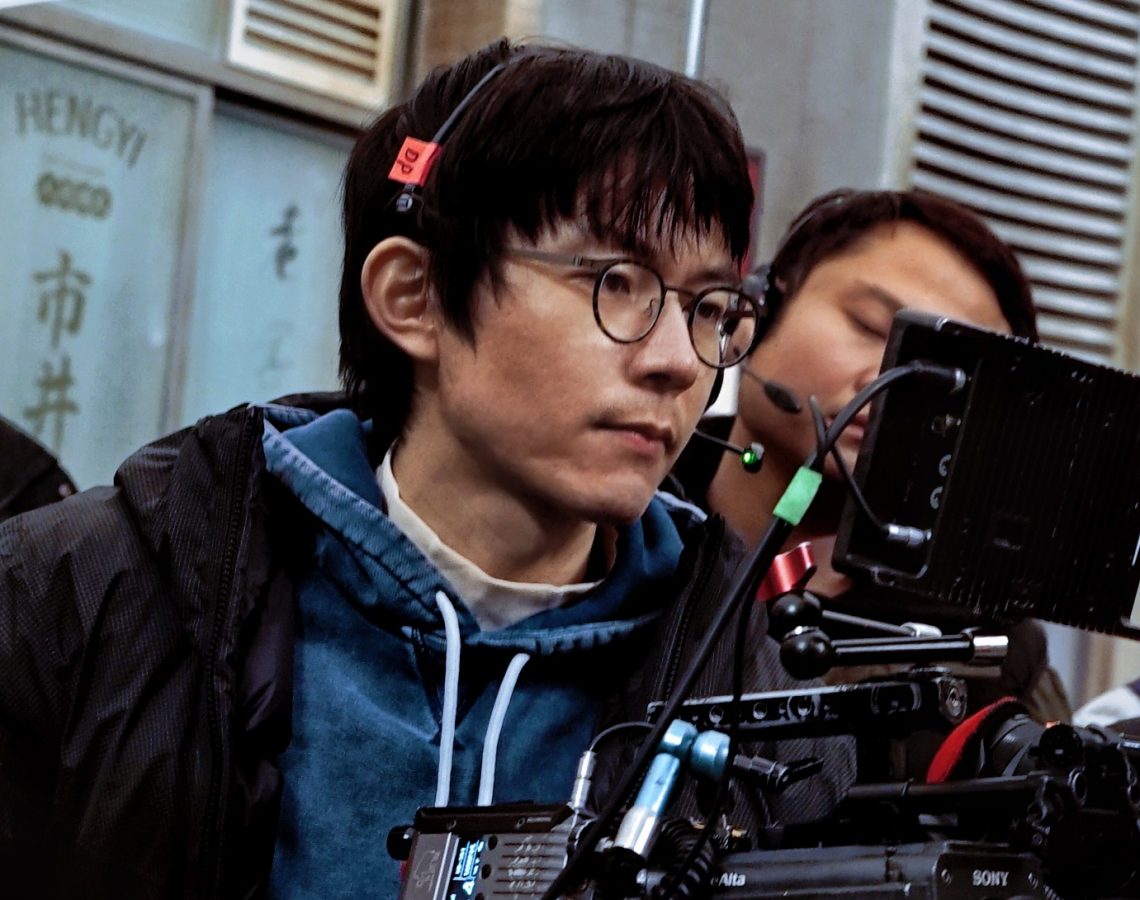
Love Life Light, directed by Cheldon Cai with Director of Photography Fan Chao and released last year, received positive box office and critical acclaim. Adapted from cartoon artist Kang Full’s popular Korean comic of the same name, the film’s presentation of the otherworld and its touching depictions of familial and romantic love have left a deep impression among audiences.
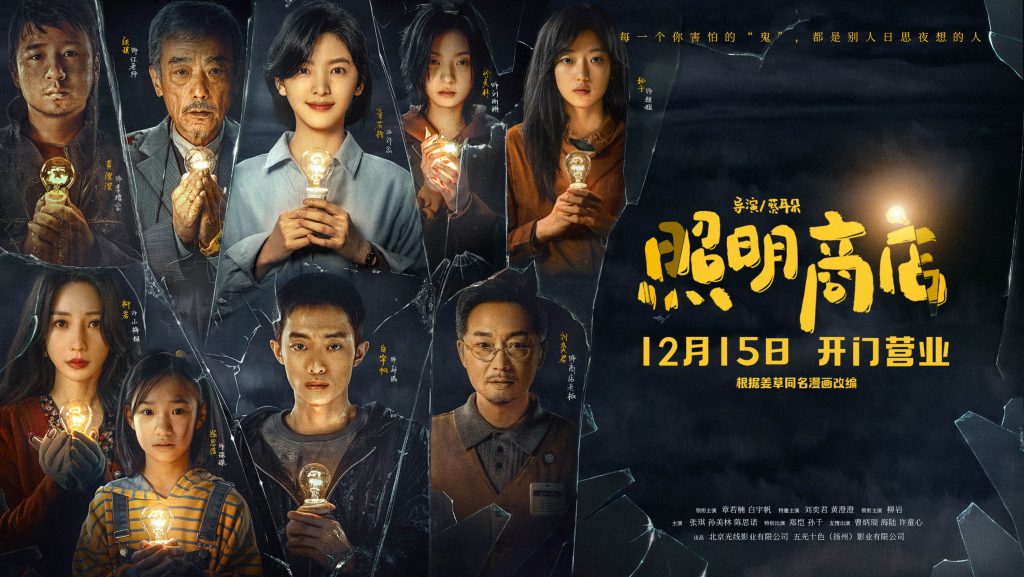
After rounds of comparison and testing, Fan Chao continued to choose the Angénieux Optimo Prime series for his primary shooting needs. Prior to this film, he had used the series to shoot three movies including Close to Love, All These Years and Follow You. As one of China’s most avid users of Angénieux Optimo Primes, he sat down with us for an interview to talk about shooting Love Life Light behind the scenes and his experience using the lenses.
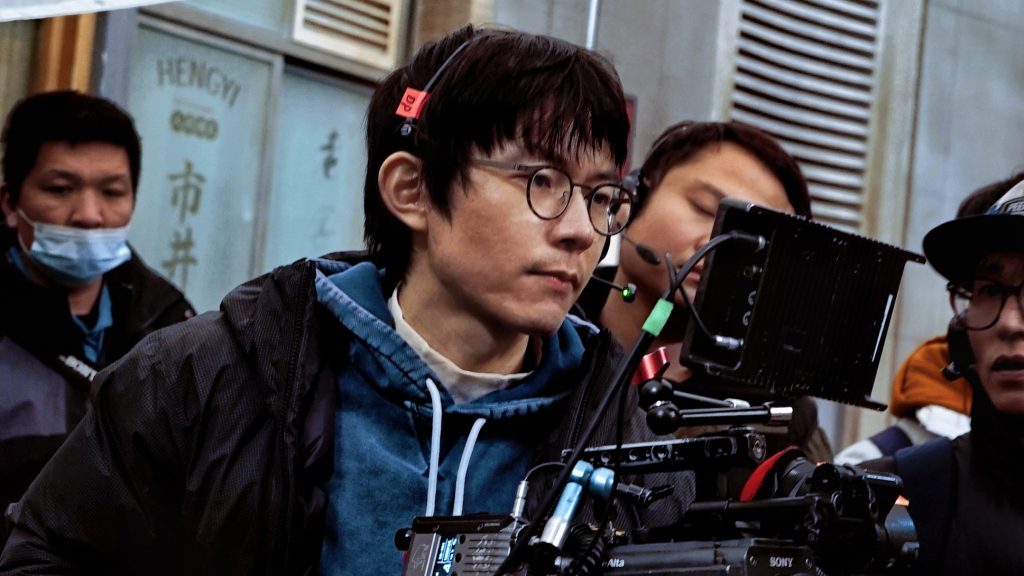
Love Life Light: Preparation and Shooting
Love Life Light is Director Cheldon Cai’s directorial debut. She previously served as Executive Director of films including The Sacrifice, The Eight Hundred, I Belonged to You, among others. On their first meeting, Fan shared with Director Cai the ideas he came up with, after reading the script, for the music and imagery in the film. They hit it off immediately and confirmed their collaboration.
Fan said that the script of Love Life Light gave a very clear indication on the visual style. “The first part depicts the suspense and horror of the otherworld, interlaced with scenes from the real world, then returning to the otherworld again with warmer hues. The tones of these three parts were very distinct. The director agreed with this direction, so we followed this approach for our test shoots and actual filming, achieving the final product through teamwork.”
The film involves two settings: the otherworld and the real world. In the beginning, the creators did not have a clear idea on how exactly to portray the otherworld. Director Cai later proposed the concept of “staying half a foot above ground”, giving the otherworldly set that “familiar yet amiss” feeling.
The majority of the film was shot on constructed sets in a filming studio in Yangzhou. Though the director had extensive experience in crew work and filming, the green screen studio without light effects looked no different from a construction site, unlike location shooting where you get what you see. In addition to shot listing, Fan also made detailed test footage according to the envisioned mood based on colour. The three segments of test footage he showed the director were of alleyways with cool tones and warm sunset tones, as well as a hospital set with pale green tones –
showcasing the different hues of these three scenes. The director and production team were very pleased with the test footage, laying a solid foundation of trust for the work to follow.
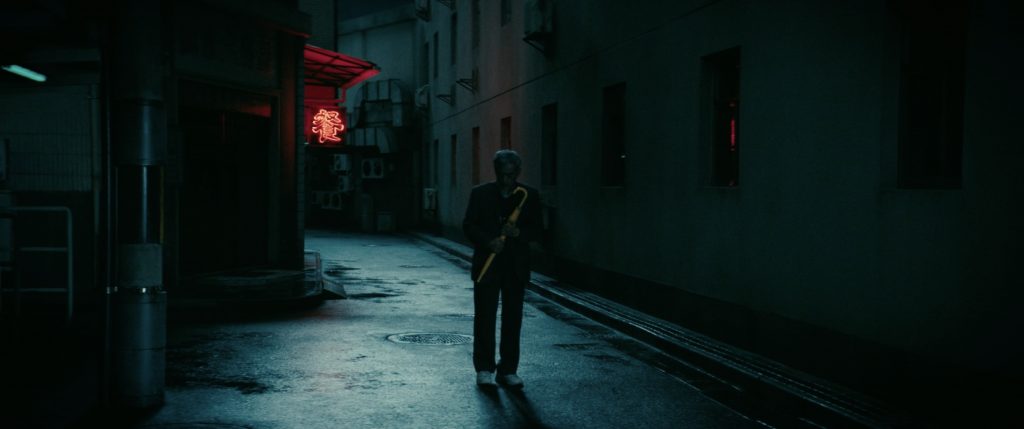
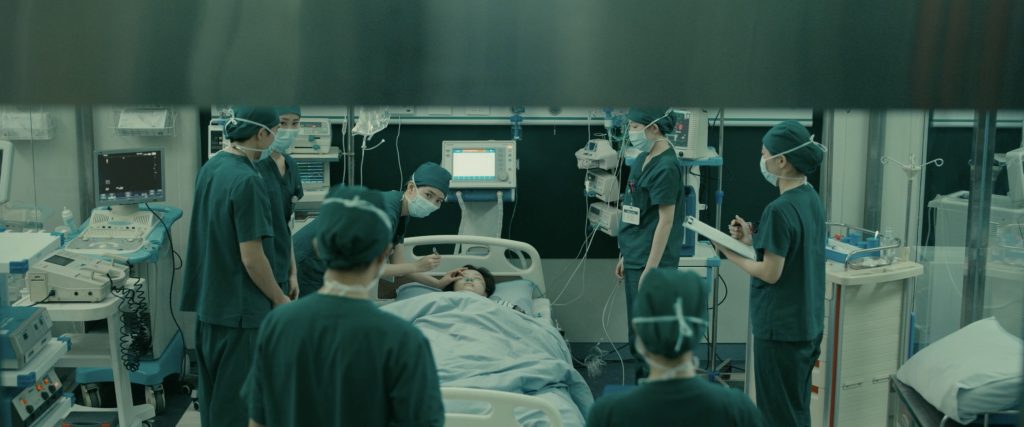
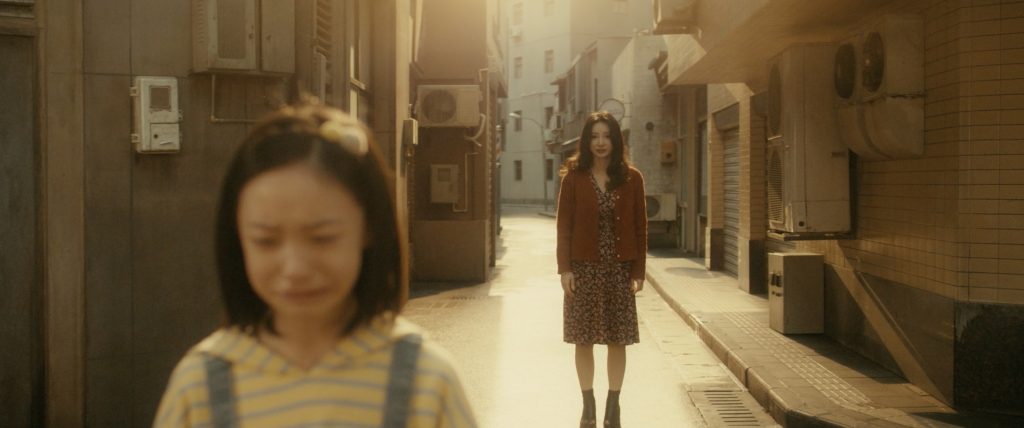
For Fan, an extremely important aspect of pre-production was discussing and testing the special effect shots, particularly in communicating with the special effects and art departments on how to achieve the road collision shots – some of the more difficult scenes within the visually-rich film. Tests had to be conducted in advance to formulate shooting plans and test the degree of rolling force actors could withstand. Many experiments were conducted before filming – for example, the shot of the sisters being hit involved a public bus cut vertically with its bottom outfitted with air pressure columns simulating collision effects; foam pads for protecting the actors’ safety were placed on the cut side facing the ground, leaving a small space in the middle for the camera.
One of the special effect collision scenes was also the first appearance of the male lead. The director was not happy with this pacing in the original script and asked Fan for alternative solutions. Fan recalled a public service vehicle advertisement he had seen during his school days, which used reversing playback to express the sentiment of “how wonderful it would be if we could redo it”. In the end, Director Cai adopted Fan Chao’s suggestion. This detailed communication and a unified direction paved the way for a smooth filming process.
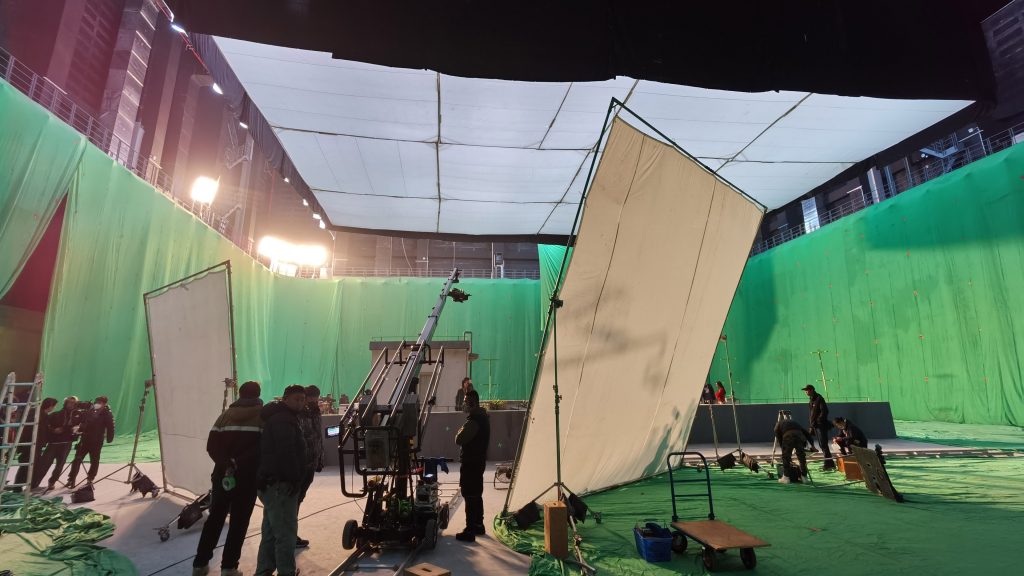
Reasons for choosing the Angénieux Optimo Prime series time and again
Every project is different, and different DPs have their own reasons for choosing certain lenses. With experience from several previous films, Fan continued deploying the Angénieux Optimo Primes for this film because of their lightweight and superior handheld shooting experience, whether when connected to the DJI Ronin-S or SONY VENICE Extension System.
“The reason I’ve consistently used the Angénieux Optimo Primes because of its lightweight, especially for handheld shooting. Other lenses are either too heavy or the minimum focal distance is not enough, but the Angénieux Optimo Primes satisfied all my needs. This is extremely important because film tone can be adjusted during post-production, but the camera movement needs to be achieved on location,” said Fan. “A compact and lightweight lens is very important for typical shoots, not to mention for my previous work shooting in Tibet at an altitude of 5,000 meters, where a lightweight lens was absolutely necessary.”
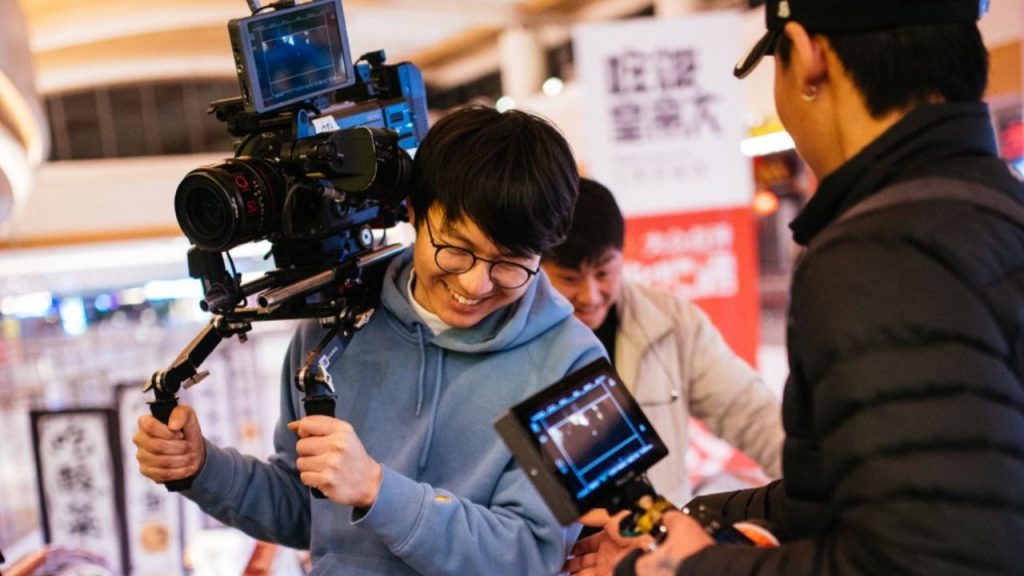
Fan discovered that the images he captured with the Angénieux Optimo Prime series were exactly what he wanted. He said, “The Optimo Primes are perfect. Some cinematographers may feel that they aren’t sharp enough, but I personally avoid lenses that are too sharp or have no distinguishing characteristics. I don’t prefer lenses that are too sharp or whose colour tones are too cold, so the Optimo Primes are very much in line with my preferences.“
Additionally, Fan also likes the out of focus bought by the Optimo Primes, and the design which makes it possible to customise blades and filters with the Integrated Optical Palette (IOP) design.
He believes a problem with modern cameras and lenses is that they are very homogenised, where differences between images shot from different equipment cannot be seen after post-production. The ability to fine-tune your own style in the early stage of shooting to create uniqueness in style is important.
On this point, Fan mentioned the example he had talked about during a livestream for the Chinese Society of Cinematographers: “In the early Batman films, the night scenes were all very bright, possibly because cinematographers at the time were trying to avoid any mistakes. This issue also exists now in terms of equipment choices – everyone thinks using certain products will prevent or reduce mistakes. But the result is that things become indistinguishable. When I learned that Angénieux was releasing the Optimo Prime series, what drew me was how different they were from other lenses, and how they could achieve the visual effects I wanted through using existing or custom filters.”
As the interview came to a close, Fan said: “Post-production capabilities are now powerful enough to enable all kinds of effects. But the film’s original appearance will gradually become blurred and diluted. Most cinematographers want to shoot the desired images in the principal cinematography rather than leaving it to post-production – this embodies the value of a cinematographer.”
Photo courtesy: Fan Chao


